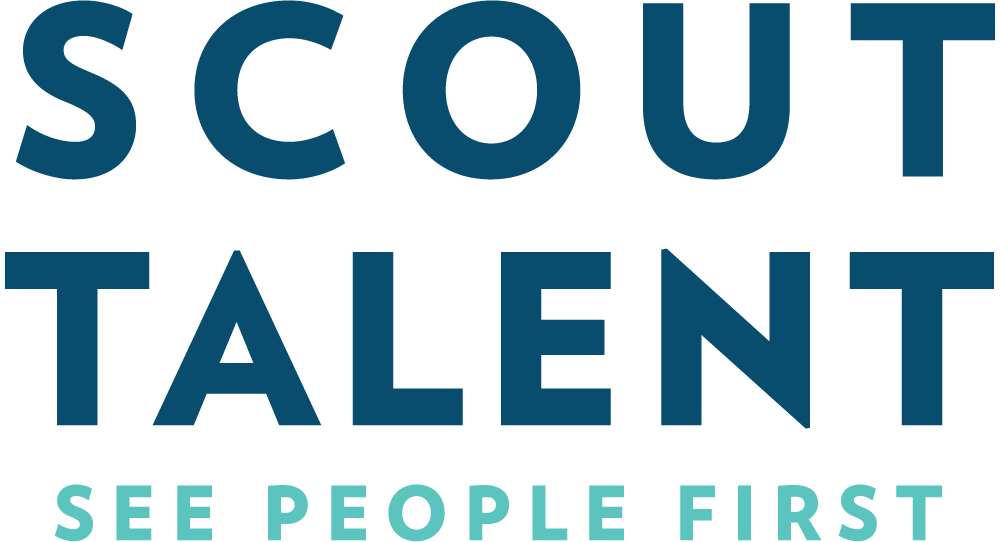Have you ever spent hours on a job application only to never get a response from that company? Perhaps you prepared extensively for an interview only to be met by a disinterested hiring manager who can barely remember your name. All of these small moments add up to become the candidate experience when candidates are engaging with your recruitment process.
Candidate experience can have a massive impact on an organization’s success. A positive candidate experience can make sourcing for new roles significantly easier as a result of a positive Employer Brand. A negative candidate experience will likely very quickly have candidates avoiding your open vacancies. It also can have a huge impact on company revenue with many burned candidates vowing to use a competitor’s service and urging their friends to do the same. An example of this in action is Virgin Media in the UK who discovered that their negative candidate experience was costing them more than £4.4 million per year.
Candidate experience is a tricky balancing act. There are plenty of roles that can attract 100s of applications and though many recruiters have begun their respective careers by declaring they’ll
give every candidate that they work with a personalized response, reality soon sets in. The truth is that if you’re hiring frequently you simply cannot give every candidate that applies for your
roles a personalized experience. You can however use a combination of clever automation and efficient internal processes to gift your candidates moments of joy throughout their recruitment
experience with you.
This is where utilizing an Applicant Tracking System (ATS) can give you the edge you need to ensure that the candidates you meet remain enthusiastic about your organization and your brand.
Managing candidate expectations
One of the first and simplest things that you can do to ensure that both you and your new candidate don’t start off on the wrong foot is to be clear on expectations. Using an ATS you can generate an
email that is triggered and sent to candidates upon submission of an application. The content of this email is important and should say much more than ‘thank you for submitting an application to our organization’. As a rule of thumb, when crafting this message to your new candidates you should include:
- An anticipated timeline of the recruitment process – When can they expect to hear if they’ve been selected for an interview? How many interviews are they likely to attend?
- A contact number or email address that they can reach out to if they have any questions about the process or would like to follow up on their application.
- An acknowledgment that though this is an automated email, a real human is taking the time to review the candidate’s application.
- An acknowledgment that you appreciate the hard work the candidate has already demonstrated by submitting their application.
While it is preferable that you follow up with candidates and let them know if they’re no longer being considered for the role, again your ATS should allow this automation, if that’s not something
that you have the capacity to do for all applications then make it clear that due to the volume of applications you receive only candidates who are successful in their application will be contacted
for interview. Failing to contact all of your candidates is far from the ideal, but if it’s something that you aren’t capable of then you do need to set that expectation with your candidates from
the beginning. Though doing this is less about a positive candidate experience and is more so damage control.
Providing candidate feedback
A huge pain point for candidates is a feeling of wasted time that is generated when they are essentially ghosted by the hiring organization. As discussed, many candidates complain of submitting an
application only to never receive any acknowledgment from the hiring organization. In some much more damaging instances, candidates have interviewed for a role and then never heard from the hiring organization again. With the candidate management technology that exists and is readily available today, ghosting candidates who have invested time and energy with your company just isn’t good enough anymore. Ignoring candidates you’re no longer interested in is a bad candidate experience and will negatively impact your Employer Brand.
Providing feedback to candidates will look different depending on how far they are into your process. If you’ve not interviewed them, then a simple automated email to thank them for their time and
explain that you’re proceeding with candidates who are a closer fit for the role and your organization is sufficient. Individuals that you’ve interviewed warrant more personalized feedback. This
doesn’t need to be overly detailed but absolutely should be honest. In an ideal world, you’d call candidates but again if that’s not something you have the capacity for then at least make sure you
email these candidates and release them from your recruitment process by giving them feedback.
Empathy and respect
At the end of the day, candidates really aren’t asking for much. All they want and need is an acknowledgement of the effort that they’ve made regardless of whether they’re a fit for the role or not.
Work with your hiring team and train them in how to deliver an excellent interview for your candidates. Today’s failed applicant could be a superstar in a different role within your company, but
they aren’t going to want to work with you if they’ve had a bad interview with a hiring manager who seems completely disinterested in them. Show your candidates the respect that they deserve for
taking time out of their day to meet with you and your team in order to discuss your open vacancy.
Improving your candidate experience overall will take a lot of work and it can seem like a daunting task. But you don’t have to do it all at once, find pain points and areas of contention within
your recruitment process and work to improve them little by little. Small improvements within your recruitment process over time can yield massive improvements within your candidate experience. This is the best way to ensure that you don’t miss out on money now and top talent in the future.
If you would like to learn more about using technology to improve your candidate experience, get in touch with us here.







